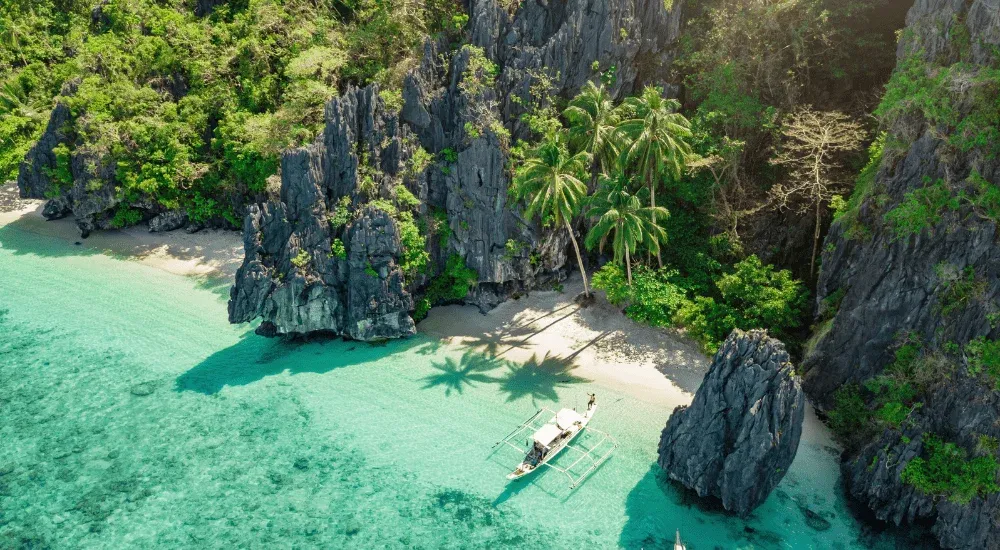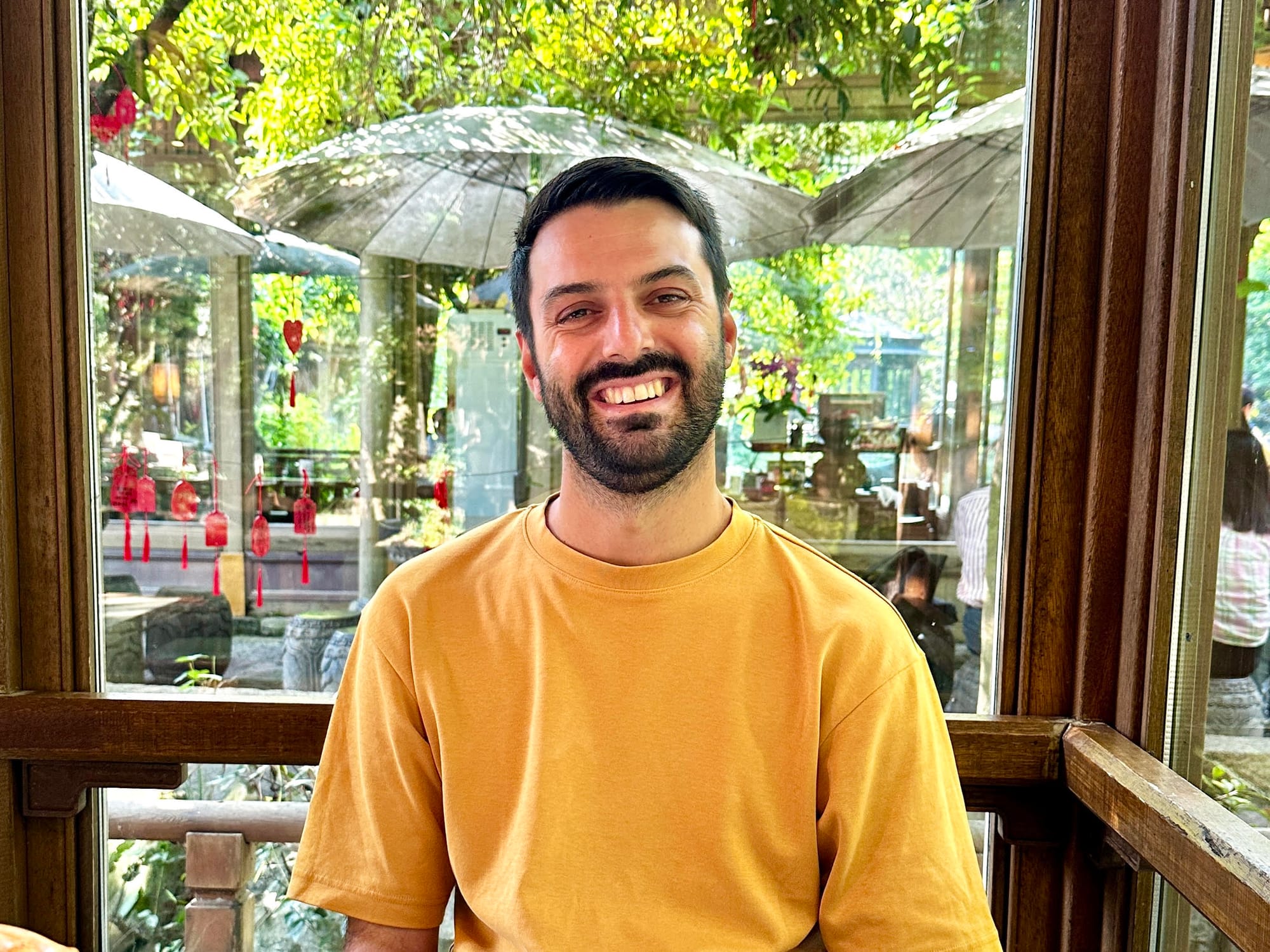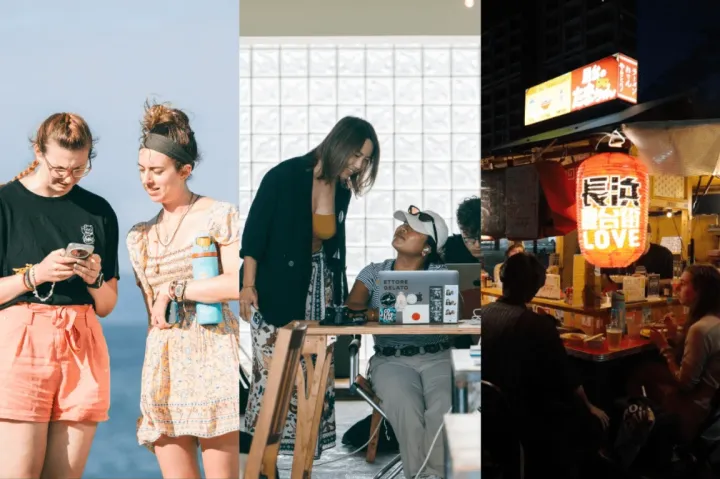Philippines Digital Nomad Visa: Application and Requirements

The Philippines has just launched its very own Digital Nomad Visa announced in March 2025, giving remote workers a new way to call the islands home.
For years, nomads had to rely on short tourist visas and constant border runs to enjoy life here. Now there’s finally a permit designed with us in mind, one that lets you settle in for up to two years while still working remotely for clients or employers abroad.
With more than 7,000 islands, a low cost of living, and a growing community of remote workers, the Philippines is quickly shaping up to be one of Asia’s most exciting bases for digital nomads.
Quick Visa Facts
Visa validity period
6 months, renewable up to 2 years
Extendable?
Yes, total stay up to 24 months
Who can apply?
Remote employees, freelancers, and entrepreneurs working for foreign clients or companies
Minimum income requirement
No official threshold published yet (must show sufficient funds)
Application cost
Estimated between USD $200–300 (some guides mention $35, not yet confirmed)
Processing time
3–6 weeks (may vary by embassy or consulate)
What is the Philippines Digital Nomad Visa?
The Philippines has recently introduced a Digital Nomad Visa, a special long-stay option designed for digital nomads and remote workers who earn their income from abroad. Visa holders can now stay for an initial six months and extend their stay for up to two years.
With this move, the Philippines is hoping to attract more location-independent professionals, boost tourism, and give its digital economy a lift, following in the footsteps of countries like Thailand and Malaysia that already offer similar programs.
Key Features & Benefits
What makes the Philippines Digital Nomad Visa so appealing is how much easier it becomes to settle in for the long term, with the option to stay for up to two years. The visa also gives you the freedom to keep working for your clients or employer abroad without needing a local contract, which keeps things simple for remote workers.
Day-to-day life also gets easier. Renting an apartment, signing up for private health insurance, or even opening a bank account is far more straightforward than it would be on a tourist visa. Add to that the relatively low cost of living, with many nomads saying they get by on around $500 a month outside of rent, especially in smaller towns and cities. On top of all this, you’ve got more than 7,000 islands to explore at your own pace, whether that’s enjoying world-class beaches, diving, or using the Philippines as a base to easily reach other Southeast Asian destinations.
Requirements for Applying
To qualify for the Philippines Digital Nomad Visa, you’ll need to tick a few boxes:
- A valid passport with at least six months left before expiry
- Proof that you work remotely for clients or companies outside the Philippines (contracts, invoices, or employer letters all work)
- Evidence of stable income, although there’s no set minimum yet
- International health insurance that covers medical treatment and repatriation while you’re abroad
- A clean criminal record certificate from your home country (or wherever you’re currently living)
- Recent bank statements to prove you’ve got funds for the first stretch of your stay
Required Documentation
When you apply for the Philippines Digital Nomad Visa, here’s what you should have ready:
- Completed visa application form, downloadable from the Bureau of Immigration
- Valid passport and copies of all relevant pages (identity page, previous stamps, etc.)
- Passport-size photos, typically with a white background, recent and in color
- Proof of remote employment or freelance work, such as contracts, invoices, payment records, or business documents showing your overseas income
- Police clearance or criminal record certificate that must be apostilled or legalized, showing no major convictions
- Health insurance certificate, like an international policy covering medical emergencies (and ideally repatriation) for the visa’s duration
- Bank statements or proof of funds to show you can support yourself initially
Where and How to Apply
Applying for the Philippines Digital Nomad Visa isn’t complicated, but since it’s a brand-new program, it helps to know the right channels and what to expect. Here’s the step-by-step breakdown:
1. Confirm you’re eligible
Make sure you meet the basics: you must be 18 or older, work remotely for clients or employers based outside the Philippines, carry valid health insurance, and hold a clean criminal record.
2. Choose your filing route
You can apply in two main ways:
- Online through the e-Visa portal (evisa.gov.ph): create an account, complete the application, upload your documents, and pay the fee online.
- Through a Philippine embassy or consulate abroad: this is often the best way to start before you arrive in the country.
3. Prepare your documents
Gather everything you’ll need in advance: your valid passport (with at least six months left), proof of remote work (contracts, invoices, or employer letters), evidence of steady income, international health insurance, a police clearance certificate (apostilled or legalized), and bank statements if possible.
4. Submit and pay
If you’re applying online, upload your documents through the e-Visa system and pay the fee there. If you’re going through an embassy or consulate, follow their appointment and payment process.
Be ready for slight variations in visa costs depending on your country of application, embassy surcharges, or currency conversions. Official pricing hasn’t been fully confirmed, but multiple credible reports estimate the application cost will land between US$200 and US$300.
5. Processing time
Expect to wait about 3–6 weeks for your application to be processed. Some applicants report it taking a little longer depending on the embassy or consulate.
6. After approval
Once your visa is approved and you land in the Philippines, you’ll need to register with the Bureau of Immigration. Keep your visa approval notice and proof of health insurance handy when you do this.
Final Thoughts: Is the Philippines DNV Worth It?
If you’re the kind of nomad who's dreaming of island life, warm weather, and living somewhere affordable, the Philippines Digital Nomad Visa is definitely worth a look. It gives you the freedom to stay long-term without stressing about constant visa runs, and the overall cost of living is still pretty low compared to other popular nomad spots in Asia.
That said, it’s not perfect. Internet and infrastructure can be hit or miss once you get outside the bigger cities, and the bureaucracy here can sometimes be slow or confusing. But if you’re okay with that trade-off, the rewards are huge: beaches that rival anywhere in the world, a rich culture, and the chance to actually settle in for a while without burning through your budget.
For many nomads, that makes the Philippines a very real contender for their next base.
FAQs
Is remote work mandatory?
Yes, to qualify for the Philippines Digital Nomad Visa, you must prove that your work is remote and that your clients or employer are based outside the Philippines. It’s one of the core criteria laid out in official notices.
Can I work for local companies?
No, working for a Philippine employer isn’t allowed under the DNV. If you take on local clients or a local employer, you risk violating the visa terms.
Can I bring family?
It’s not yet clear. Some early visa guides suggest dependents or spouses may be able to accompany a DNV holder, but official policy on this hasn’t been confirmed.
Is health insurance required?
Yes. International health insurance that covers medical emergencies (and ideally repatriation) for the duration of your stay is among the mandatory requirements.
Can the visa be extended?
Yes. The DNV is intended to be renewable. Many sources mention an initial one-year term (or sometimes six months) with a renewal option for a second year, giving up to two years total.
How much does it cost?
There’s conflicting information. Some sources cite a $35 USD fee for the application. Others expect it to land between $200 and $300 USD when fully implemented.
How long does processing take?
Processing times are also tentative. Some guides estimate 3 to 6 weeks, while others stretch that to 6 to 12 weeks depending on the embassy or workload.
Ready to Live and Work in the Philippines as a Digital Nomad?

Join our global
digital nomad community
Join us for free
Freaking Nomads is supported by you. Clicking through our links may earn us a small affiliate commission, and that's what allows us to keep producing free, helpful content. Learn more





 Travel tips, hacks, and news
Travel tips, hacks, and news Exclusive travel discounts
Exclusive travel discounts Offers and promotions
Offers and promotions Digital nomad inspiration
Digital nomad inspiration Latest articles form our blog
Latest articles form our blog